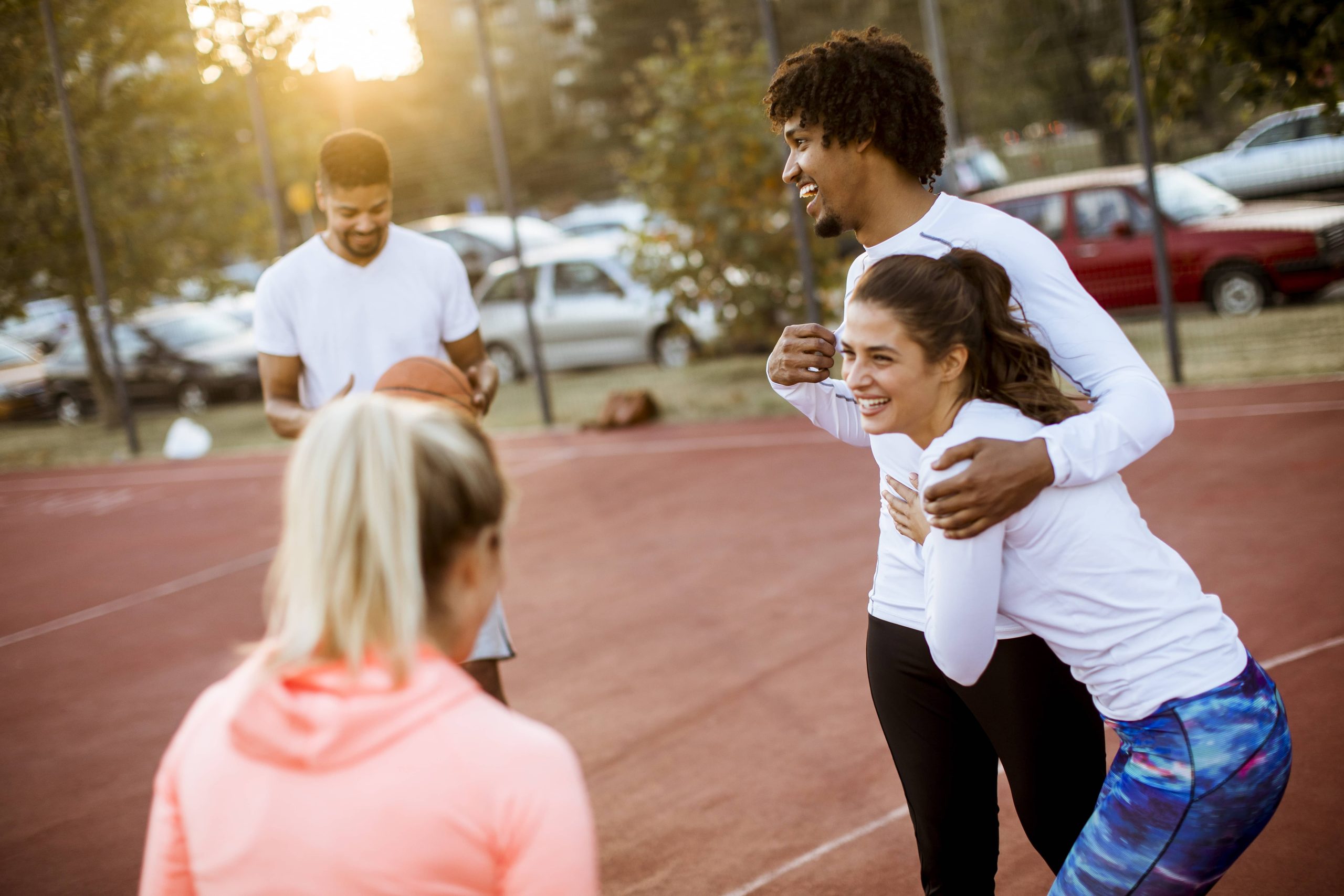
In today’s fast-paced world, the importance of maintaining both physical and mental health cannot be overstated. Our bodies and minds are interconnected, and enhancing this connection can lead to profound improvements in overall well-being. This is where mind-body exercises come in. Practices that emphasize the synchronization of mental focus and physical movement, such as yoga, tai chi, and pilates, have gained tremendous popularity over the years. But how do we integrate these practices into more conventional fitness classes? Let’s explore five effective methods.
1. Start with a Centering Warm-Up
Many traditional fitness classes begin with a standard cardiovascular warm-up. While this is essential for preparing the body physically, incorporating a mind-body component can set an intentional tone for the session. Begin each class with a centering exercise that focuses on breathing and mental presence.
Method Implementation:
– Breath Awareness: Begin with the class in a standing or seated position. Guide participants through a few minutes of deep, mindful breathing. Encourage them to notice the sensation of their breath entering and leaving the body, helping them transition from the busyness of their day to the present moment.
– Body Scan: Lead a short guided body scan, encouraging individuals to mentally align with their bodily sensations. This can heighten body awareness and mentally prepare participants for their workout.
This centering approach not only enhances physical readiness but also cultivates mindfulness, reducing stress and improving focus throughout the class.
2. Incorporate Yoga and Pilates Poses
Physical fitness and flexibility are crucial components of overall health. Yoga and Pilates exercises are excellent for incorporating both aspects while solidifying the mind-body connection. These exercises emphasize controlled, deliberate movement paired with breath work.
Method Implementation:
– Mix and Match: Integrate a few foundational yoga or Pilates movements into the routine. For strength classes, try adding warrior flows or plank variations. For cardio classes, include movements that enhance flexibility and balance, like tree pose or chair pose.
– Focus on Form and Breath: While guiding these exercises, emphasize the alignment and breath control typical in mind-body disciplines. This promotes a deeper engagement from participants, leading to better results and reduced risk of injury.
These additions will enrich traditional workouts, combining elements of strength, flexibility, and mental concentration.
3. Mindful Transitions
In fitness classes, transitions are often overlooked as moments to rest or catch a breath. However, using transitions as opportunities for mindfulness can enhance the mind-body connection, making each movement purposeful.
Method Implementation:
– Slow Down: Encourage participants to slow down transitions between exercises, bringing mindful awareness to each phase of movement. Instead of rushing from one set to the next, give enough time to notice how their body feels, ensuring that movements start and end with intention.
– Visualize the Movement: Utilize visualization techniques where participants imagine the muscles and joints used in each movement. This integrates mental imagery with physical action, promoting a holistic exercise experience.
By focusing on mindfulness during transitions, participants may find themselves more centered, reducing the likelihood of workout-induced stress and burnout.
4. Use Mindful Language and Cues
The words and cues instructors use during fitness classes can guide participants’ attention and engagement. Thoughtfully integrating mind-body language can subtly yet powerfully enhance the overall experience.
Method Implementation:
– Intentional Language: Substitute adrenaline-fueled expressions with cues that emphasize presence and awareness. For example, instead of prompting participants to “push through the pain,” encourage them to “listen to their bodies and find their edge.”
– Metaphorical Language: Use metaphors and imagery that connect physical effort with mental clarity. For instance, compare the stability in a balance exercise to the feeling of being grounded like a strong tree. This technique can foster engagement and motivation.
Mindful communication encourages participants to reflect and be present, both of which are key elements in building a strong mind-body connection.
5. End with a Mindful Cool-Down and Relaxation
Conclude each session with a cool-down that emphasizes stretching, relaxation, and mental decompression. This allows participants to absorb the gains of the workout, mentally and physically.
Method Implementation:
– Guided Relaxation: Lead a relaxation or meditation session. Encourage participants to lie down or sit comfortably while focusing on their breath. This practice helps to decrease cortisol levels, aiding recovery.
– Gratitude and Reflection: Encourage reflection on the workout and gratitude for their body’s capabilities. Having participants think of one thing they are grateful for can boost mood and create a positive association with exercise.
By ending each class with gratitude and relaxation, participants leave feeling refreshed and centered, often resulting in higher participant retention and satisfaction.
Conclusion
Integrating mind-body exercises into fitness classes is more than just blending different practices; it’s about fostering a holistic approach to health and wellness. By incorporating these five methods — starting with a centering warm-up, blending yoga and Pilates movements, using mindful transitions, employing supportive language, and concluding with a mindful cool-down — instructors can create a transformative fitness experience that nurtures both body and mind.
As more individuals seek to enhance their overall well-being, the demand for fitness classes that support both physical and mental health will continue to rise. By implementing these strategies, we not only expand our teaching repertoire but also support the journey of our participants towards a balanced, healthy lifestyle. Through these techniques, fitness classes can transcend mere physicality, becoming spaces for rejuvenation and self-discovery.











